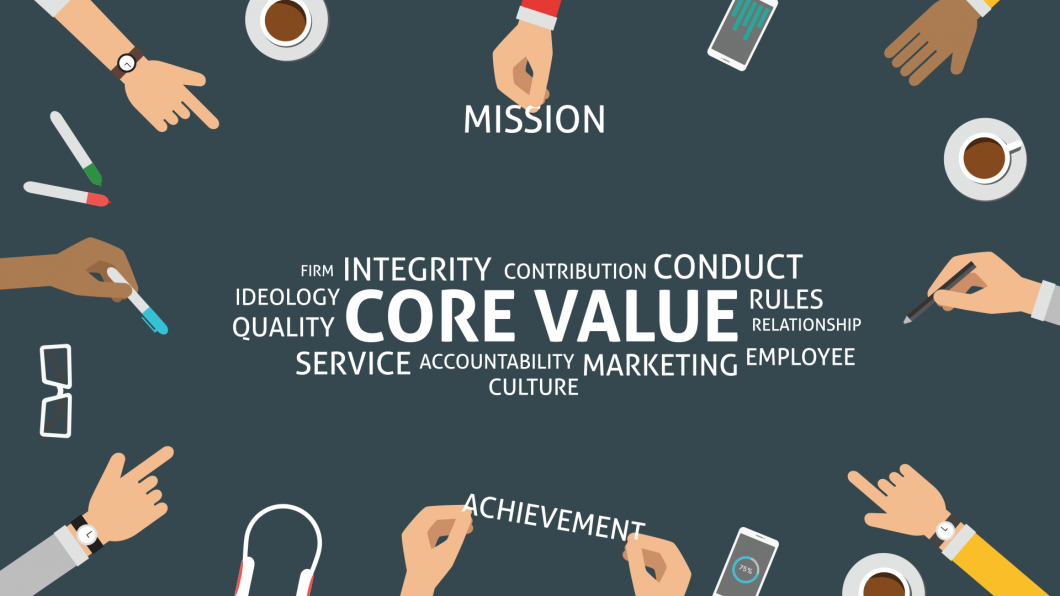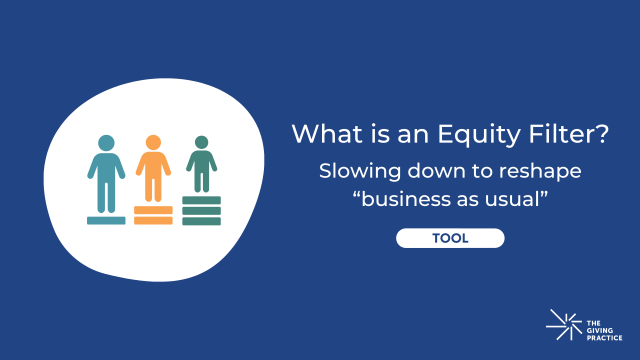
Our first interview about reflective practices in group work is with Brenda Solorzano, who is the CEO of the new Headwaters Foundation in Western Montana. So many of our readers have asked how do you reflect when your staff is small and multi-tasking all the time or when the board is just past start-up stage and anxious to move from planning to action or a new CEO has just arrived and feels the need to hit the ground running? Brenda and Headwaters offers us a chance to answer all these questions at once. – Jan Jaffe
Jan: Headwaters Foundation is very new – just making its first grants. How do you, as its first CEO, help your board and staff hold the space for reflection when there must be so much pressure to focus on translating strategy into action?
Brenda: Over the years in philanthropy, I’ve come to believe that there is a very direct relationship between good values and good strategy. As a result, I’ve tried to “flip the frame” around those initial exercises about mission, vision and values exercises. It’s so easy to check values off the to-do list and forget that they can be used to remind us about how we want to work together as well as what we do. Rather than thinking about a values statement as a problem to solve and move on, I make it about intentionality around the culture we are trying to build. Values shape strategy.
Jan: How does that show up on the ground?
Brenda: Our board chair reads the norms and behaviors—our values—out loud at the start of every board meeting. In the beginning, it felt a little awkward, but I suggested we try it and see if it brings everyone back from their “day jobs.” After all, boards struggle to be fully present as they pop back in from whatever else they are doing between quarterly meetings. It is easy to forget new norms and behaviors as we settle into the board discussions.
Jan: It sounds like a good practice for making aspirations more than a laundry list of “good things to do.” Can you give me an example of how that has helped your board work differently?
Brenda: We’ve had a few very challenging moments around board composition where it would have been very easy to return to the culture of “Montana nice” and have everyone stay in their camps without really listening to each other and end up with a decision that didn’t align with our strategy or values. I don’t think we are any different than any group. It’s human nature to acquire default behaviors that don’t help us practice collaboration under pressure.
In this particular case, here is what we did: After reviewing the norms at the beginning of the meeting, everyone put their thoughts and concerns about the issue at hand on the table and modeled the culture we want to build. It was hard but we came up with a decision that felt right and in alignment with those values. We took a moment at the end of the meeting to ask “How did we do?” I think it strengthened our resolve to reflect on our values to anchor our conversations and decisions
Interestingly, we’ve built reflective practices that have come from repeating our norms and behaviors. Now, board members are asked to “own” key norms during meetings to ensure we are paying attention to them. For example, we want to ‘listen with curiosity’ and ‘assume good intention.” The keeper of each norm is expected to call out moments when that isn’t happening.
Jan: What have you learned about putting reflective practices into play with a group that you’d share with colleagues?
Brenda: Part of being intentional is being methodical. Repetition of values and norms may seem unnecessary or formulaic, but it really makes a difference. Aspirational practices can’t be hidden. They need to be explicit. This is something I learned for myself when I attended the Shannon Institute. Writing things down and returning to what you’ve written makes a difference.
Jan: How are you and your staff building reflective practice opportunities into the work as a group?
Brenda: We are trying to build a foundation that serves as a facilitator versus gatekeeper to the money. It takes working in a different way. It’s easy to fall back into more traditional ways of doing things even though we KNOW that the work is better when we are focused more on ongoing learning and giving back to grantees than just focusing on the front end of deciding whether the organization should get the money. That raises a lot of questions for us. How can we live into the roles of thought partner and co-organizer with our partners? How can we streamline the front end of grant making and focus on learning and giving back to grantees? We’re trying a few things to invite individual and group reflection on those questions. Each of us has work plans that include our learning challenges. Everyone is expected to carve time out of their calendar for reflection and learning.
Jan: We’re all saying that we want to be learning organizations. Have you found ways for the group to build one and to help the group stay curious about new ways of working?
Brenda: Every other week, we all read an article relevant to the way we want to work. We go to a coffee shop or walk and talk about what the article meant to us and what about it might help us implement our day-to-day work better.
Jan: Is this a difficult practice to maintain?
Brenda: I have struggled when there are deadlines and it seems like too much to do the coffee shop readings. For a half second, I wanted to say yes, let’s skip the 90-minute learning period.
But then I’m saying we no longer value reflection on practice. I’m betting that reflection on practice will help us live into our mission and be the source of change.
For more information about Reflective Practices, please click here.



